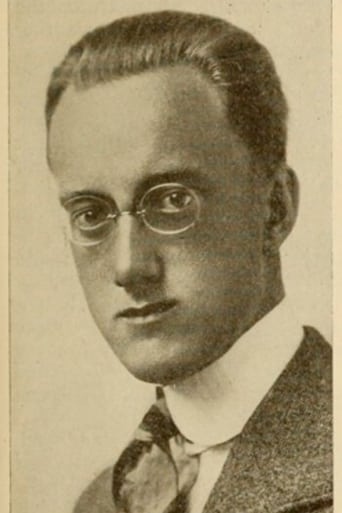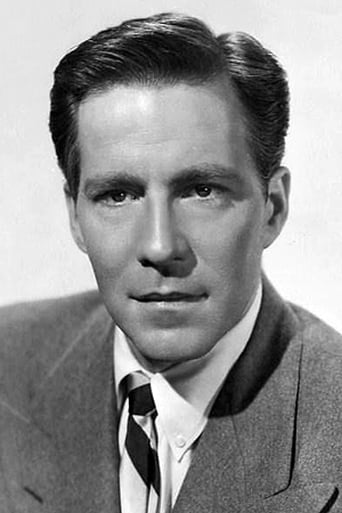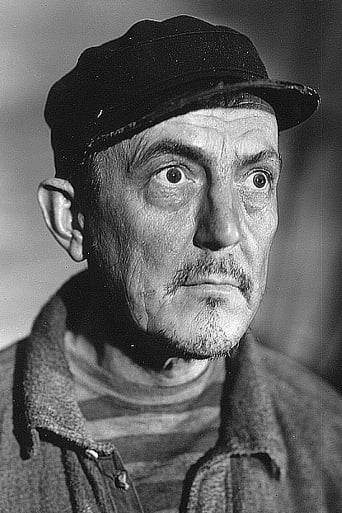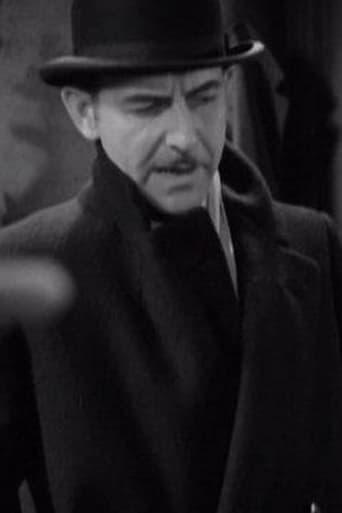InformationRap
This is one of the few movies I've ever seen where the whole audience broke into spontaneous, loud applause a third of the way in.
Paynbob
It’s fine. It's literally the definition of a fine movie. You’ve seen it before, you know every beat and outcome before the characters even do. Only question is how much escapism you’re looking for.
Bob
This is one of the best movies I’ve seen in a very long time. You have to go and see this on the big screen.
Michael_Elliott
Story of 'The Jonker Diamond', The (1936)*** (out of 4) Extremely interesting short has Pete Smith telling us about the title diamond, which at the time was the biggest stone ever found. After word of the large diamond got out, thousands of people went searching for it in Africa but one family finally found the thing after eighteen years of digging. Once the diamond was sold, a professional cutter had to decide the best way to get a profit out of the thing that was bought for one million dollars. I love coming across shorts like this that tell a very interesting story and that's the reason why I constantly record them because you never know when you'll get a real gem like this. I had never heard of this story so perhaps that's why I found it so interesting but I thought the first half of the film, dealing with the digging, was made very well but so was the second half when we learn what it takes to actually cut a diamond. Director Tourneur using this second half to create a great scene of tension when they go to make the first cut, which, if done wrong, could destroy the diamond. Fans of his will certainly like seeing this early example from the master but even those not familiar with his work should find plenty to enjoy here.
jotix100
The Jonker family, who barely made a living trying to find diamonds in Africa, suddenly is rewarded when after many years of hard times, they discover the largest stone known to man. The raw diamond is sold on auction. Harry Winston, a New York jeweler was the successful bidder when he pledged a million dollars for the diamond. Imagine his surprise when he received the valuable stone in a parcel post! The Jonker was divided into twenty perfect stones rather than keep it as a single diamond. We are taken to see the process which the raw diamond goes through and we are treated to the display of the twenty smaller diamonds at the end.Jacques Tourneau directed this one reeler as a documentary. Mr. Tourneau's film is informative as one gets to know how these expensive gems are cut and polished.
Ron Oliver
An MGM MINIATURE Short Subject.THE JONKER DIAMOND, a marvelous 726-caret crystal discovered in the Transvaal in 1934, brings happiness to all those associated with it.This quickly paced little film is both informative & entertaining to watch, as it succinctly unfolds the history of the fabulous gemstone (although why it states the Jonker was cut into twenty smaller jewels, when the correct amount is twelve, is something of a mystery). It is also a good example of the early American work of director Jacques Tourneur, who would gain fame in the 1940's with his horror films at RKO.Movie mavens should recognize an unbilled Hugh Marlowe, in his film debut, as the younger Jonker.Often overlooked or neglected today, the one and two-reel short subjects were useful to the Studios as important training grounds for new or burgeoning talents, both in front & behind the camera. The dynamics for creating a successful short subject was completely different from that of a feature length film, something like writing a topnotch short story rather than a novel. Economical to produce in terms of both budget & schedule and capable of portraying a wide range of material, short subjects were the perfect complement to the Studios' feature films.





